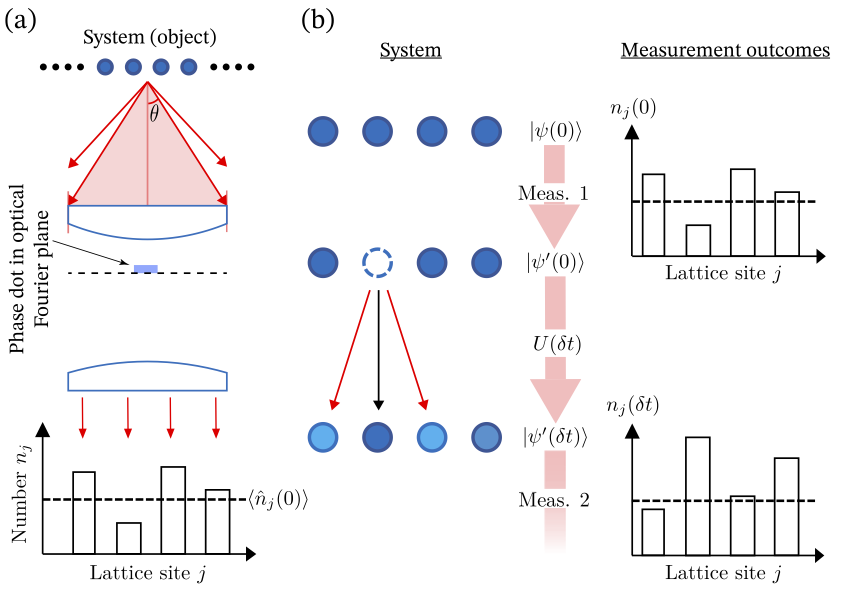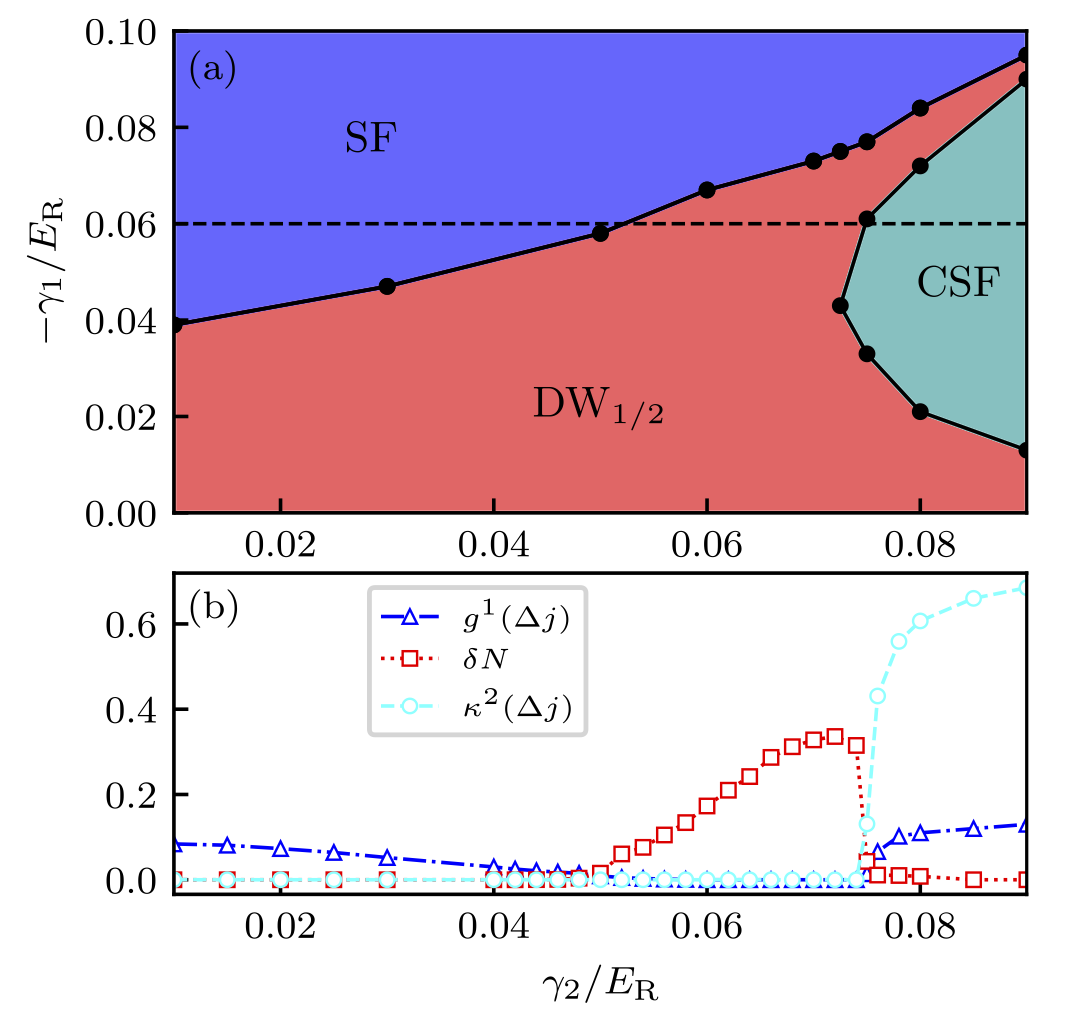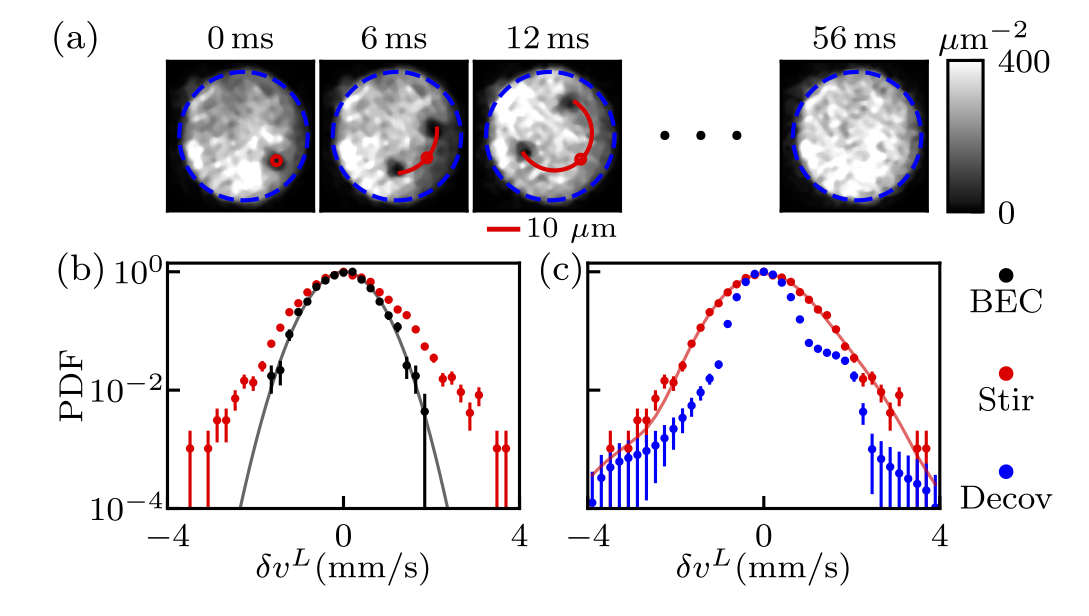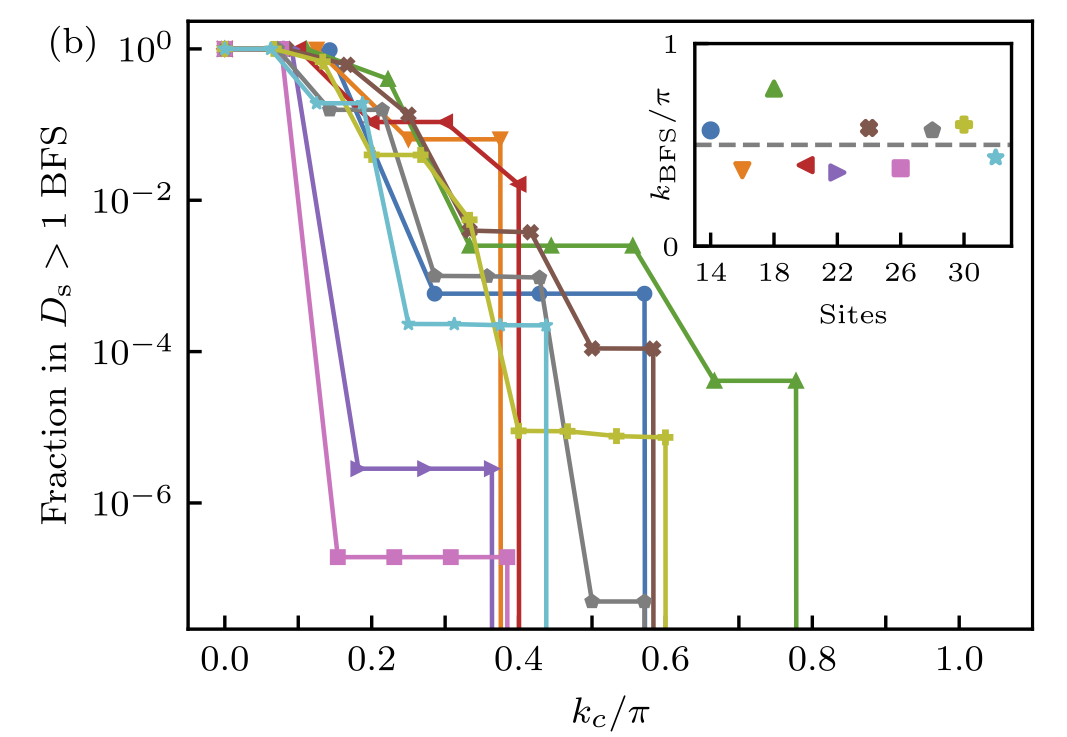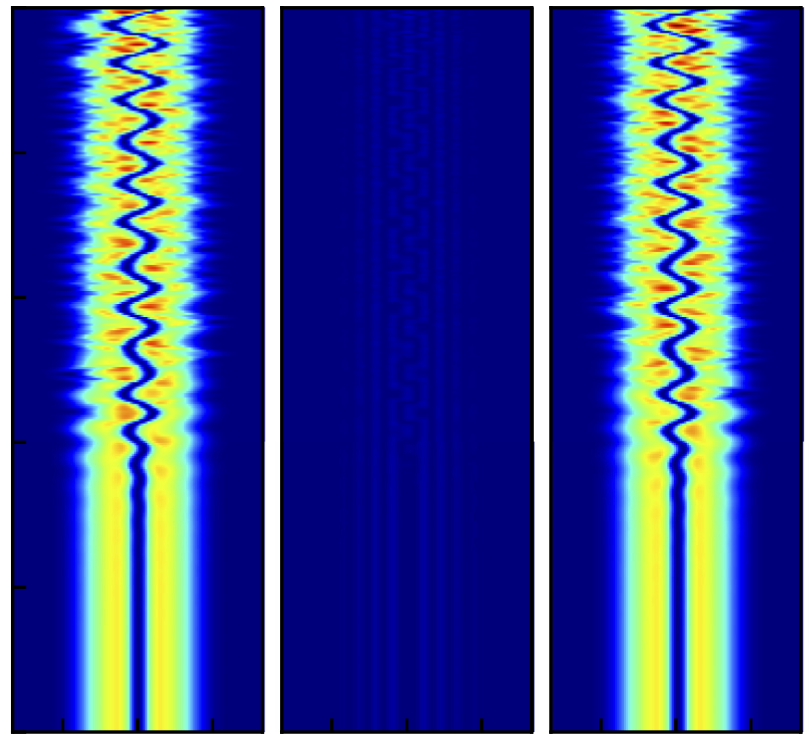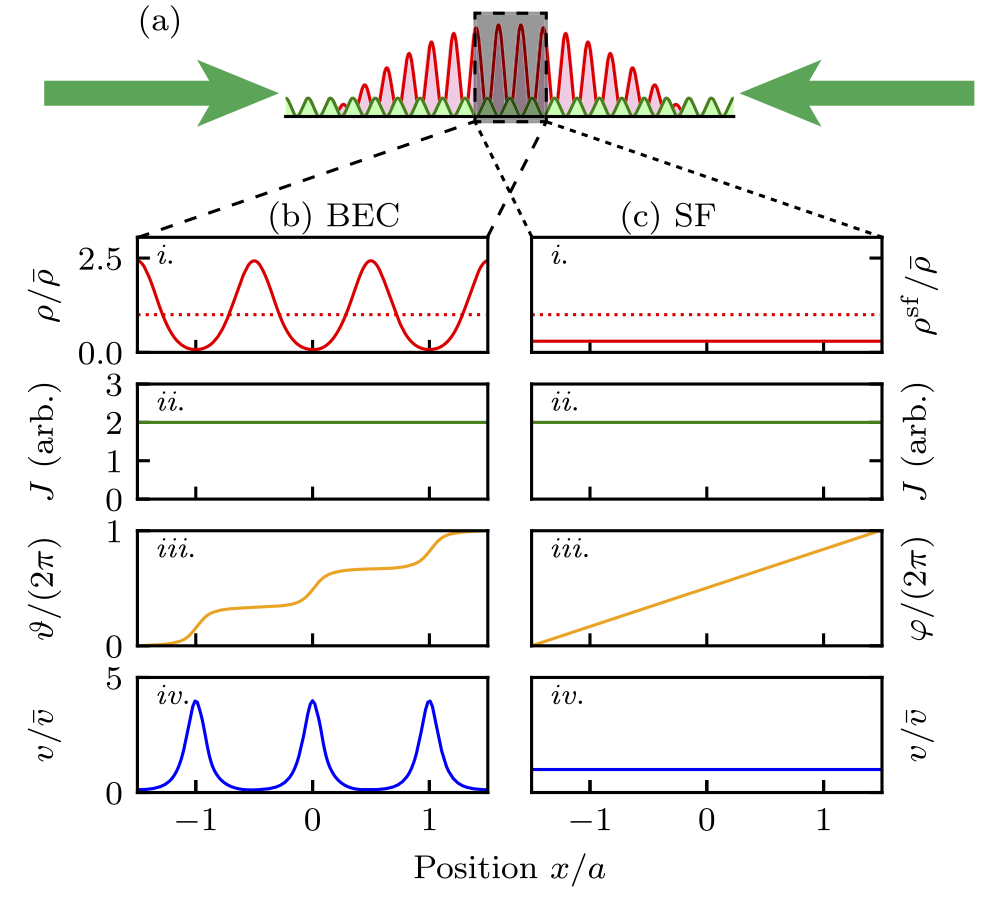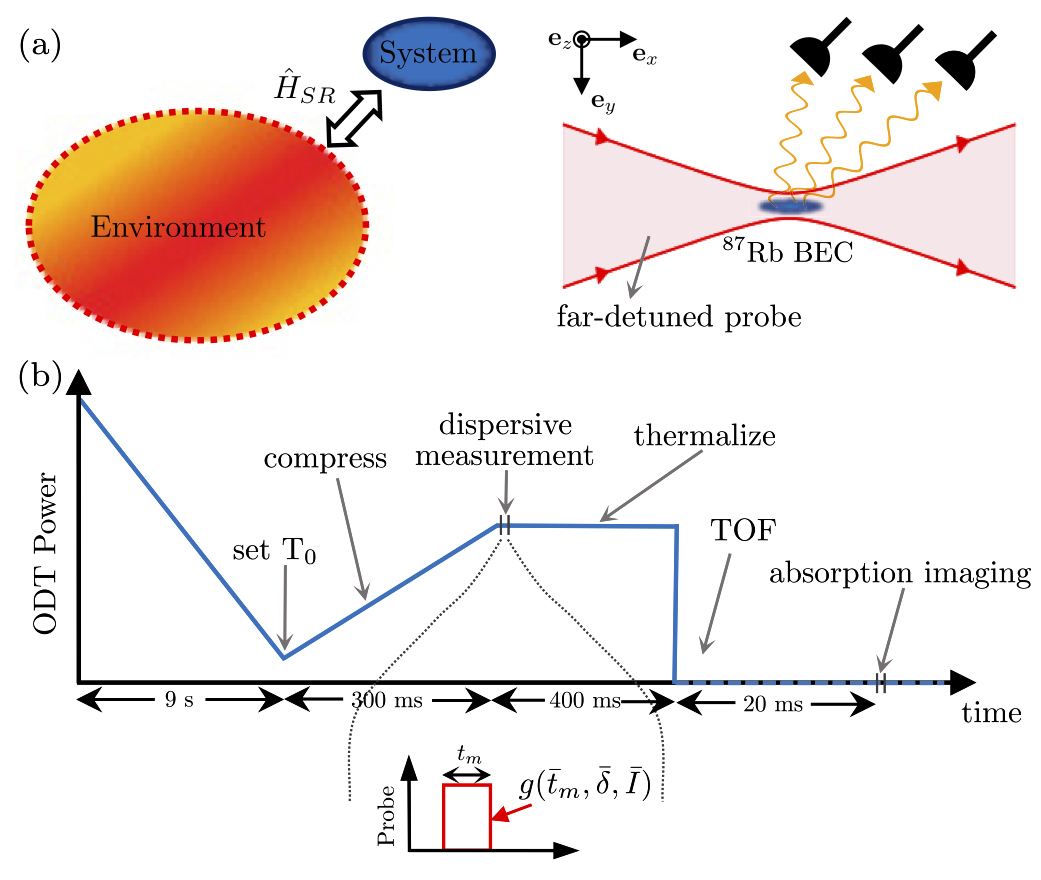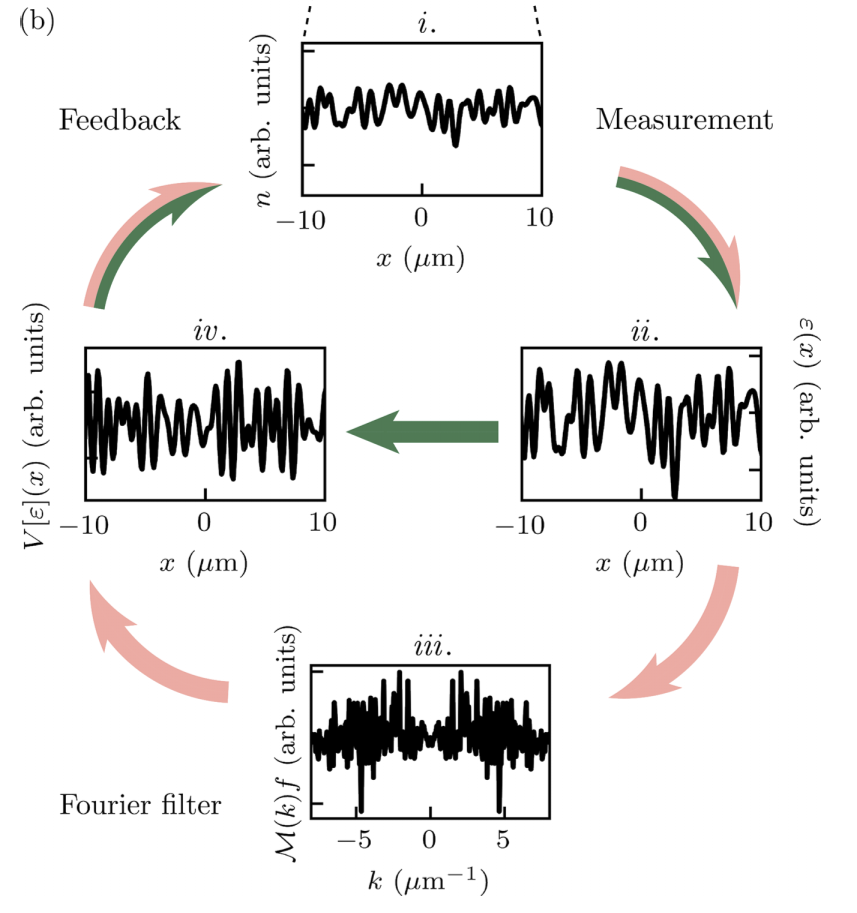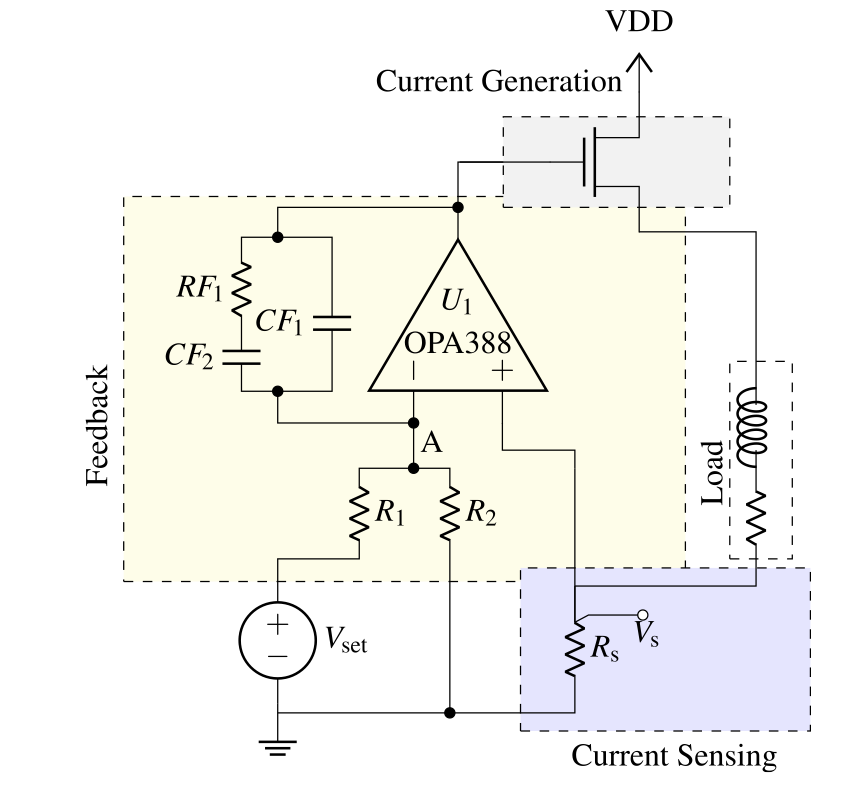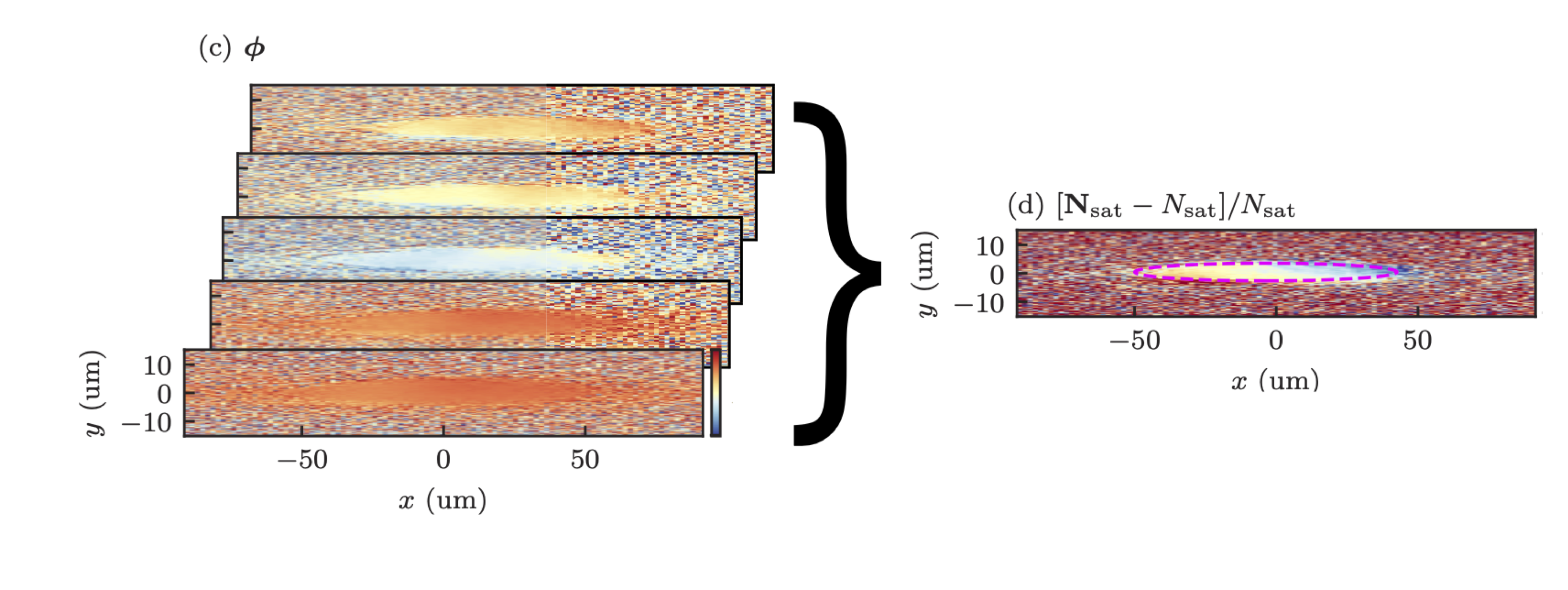Dynamical structure factor from weak measurements
Much of our knowledge of quantum systems is encapsulated in the expectation value of Hermitian operators, experimentally obtained by averaging projective measurements. However, dynamical properties are often described by products of operators evaluated at different times; such observables cannot be …
Dynamical structure factor from weak measurements Read more »

